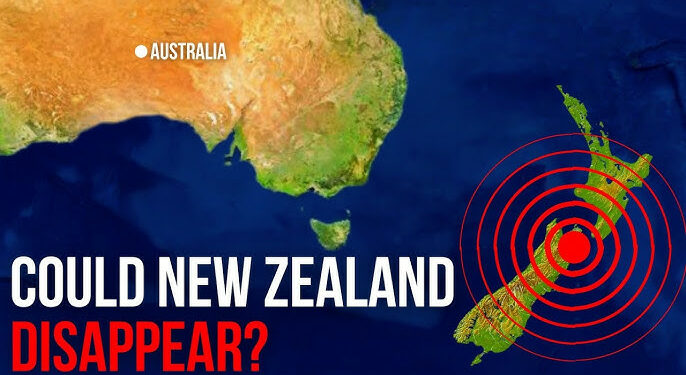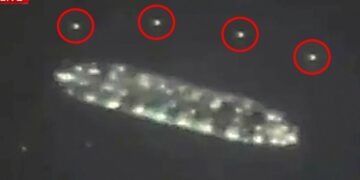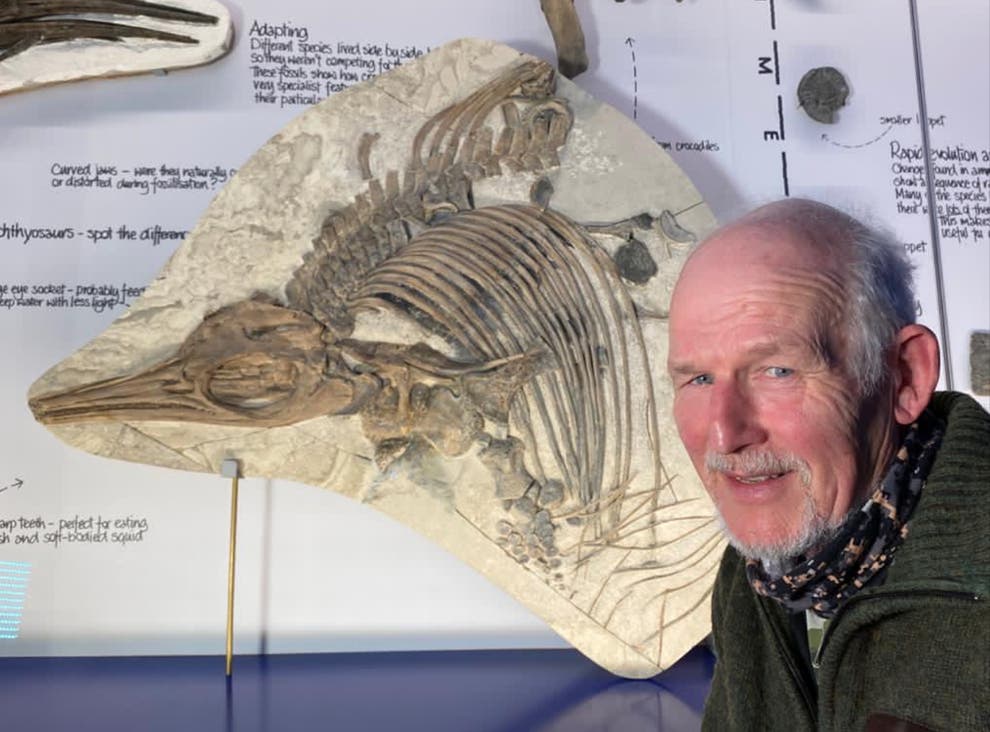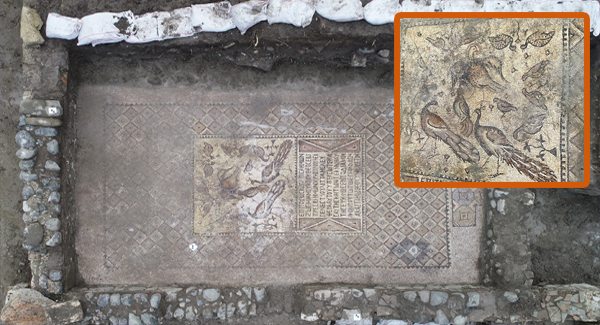Deep beneath the Pacific Ocean, north of New Zealand, lies the Kermadec Trench—a colossal undersea chasm capable of unleashing massive earthquakes and tsunamis. This 1,000 km-long trench, one of Earth’s deepest at 10,000 meters (32,800 feet), is a hotspot along the Pacific “Ring of Fire.” Here’s why scientists are watching it closely, how it works, and the dangers it poses.
What Is the Kermadec Trench?
Located 800–1,000 km northeast of New Zealand’s North Island and southwest of Tonga, the Kermadec Trench is a deep scar in the ocean floor, formed by plate tectonics. The Pacific Plate is forced under the Indo-Australian Plate in a process called subduction, creating this trench as the Pacific Plate plunges into Earth’s mantle. Stretching north to the Tonga Trench, this 2,000 km system includes volcanic islands like Raoul and Macauley, formed by the same geological forces.
Why Is It So Active?
The Kermadec Trench lies in a subduction zone, where the Pacific Plate slides under the Indo-Australian Plate at 5–8 cm per year—one of the fastest convergence rates globally. This “megathrust fault” stores energy as the plates stick, releasing it as earthquakes. Nine of the ten largest quakes in the last century, like the 1960 Chile (M9.5) and 2011 Japan (M9.0) events, occurred in subduction zones. The Kermadec’s straight geometry and locked fault segments down to 30 km depth make it prone to large ruptures. GPS data from Raoul Island shows westward drag, signaling strain buildup.
A History of Big Quakes
The Kermadec Trench has a track record of significant earthquakes:
- 1917 Raoul Island Earthquake: Estimated at M8.0–8.6, it triggered a tsunami observed as far as Hawaii (0.3 m waves).
- 1976 Doublet Earthquakes: Two quakes (M7.8 and M8.0) struck hours apart, with the second a megathrust rupture.
- 2021 Triplet Earthquakes: Three quakes (M7.3, M7.4, M8.1) hit within hours, rattling the region but causing no major damage.
Since 2001, over a dozen M6.5+ quakes have occurred, often unnoticed due to the trench’s remoteness. Yet, its activity is constant, with seismic instruments recording frequent tremors.
The Tsunami Threat
While earthquake shaking is less concerning for distant populations, a large Kermadec quake (M8.5 or higher) could generate devastating tsunamis. A megathrust rupture can displace vast amounts of seawater, creating waves that amplify near coasts. New Zealand’s North and East coasts, just 120 km from the trench’s southern end, could face waves in 45–90 minutes—leaving little time for evacuation. Worst-case models suggest wave heights of 5–10 meters, far exceeding the half-meter waves of recent events. Complicating matters, the quake’s shaking may not be felt strongly, reducing natural warning signs.
Monitoring and Preparedness
Advanced monitoring systems—seismometers, GPS, and tsunami buoys—provide rapid detection. In 2021, alerts were issued minutes after the M8.1 quake, enabling successful coastal evacuations in New Zealand. Ongoing research assesses whether the trench could produce an M9.0 megaquake. While not confirmed, a cascading rupture across multiple segments could push magnitudes higher.
A Geological Marvel
Beyond its hazards, the Kermadec Trench is a scientific treasure. Its extreme depths host unique ecosystems, while its quakes offer insights into plate tectonics and tsunami generation. Studying it helps us understand Earth’s dynamic crust and prepare for future risks.
The Kermadec Trench is a reminder of nature’s power—silent yet capable of shaking oceans and coasts. Its next big quake could reshape our understanding of Earth and test our readiness. Will New Zealand face a megaquake? The trench holds the answer, and scientists are listening.
What do you think about this hidden threat? Share your thoughts and stay tuned for more on Earth’s seismic secrets.

























